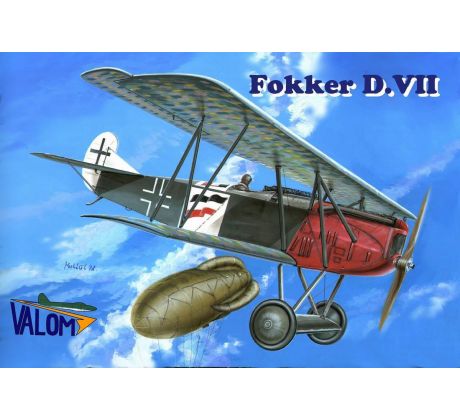Fokker D.VII
Products purchased together with this product
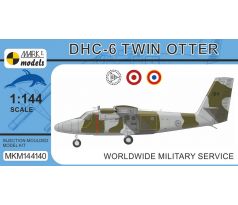
DHC-6 Twin Otter 'Worldwide Military Service'
Colour schemes included in the kit:
1) de Havilland Canada DHC-6 (Series 200) Twin Otter, 73-184 (MSN 184), 184, No.719 Squadron (skvadron), Royal Norwegian Air Force (Luftforsvaret), Bodø Air Station, Norway, the 1990s
2) de Havilland Canada DHC-6 (Series 300) Twin Otter, FAP-313 (MSN 323), 313, Transport Squadron No.421 (Escuadron de Transporte), Air Group No.42 (Grupo Aéreo), Peruvian Air Force (Fuerza Aérea del Perú, FAP), Iquitos Air Base, Peru, 1971-73
3) de Havilland Canada DHC-6 (Series 300) Twin Otter, FAF-730/F-RALF (MSN 730), 52-LF, Overseas Transport Squadron 52 (Escadron de Transport d’Outre-Mer 52, ETOM), French Air Force (Armée de l’Air), Air Base (BA) 186 Nouméa (La Tontouta), New Caledonia, early 1980s
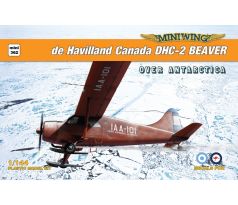
de Havilland Canada DHC-2 BEAVER "over Antarctica"
Light transport / Recconaisnace Aircraft kit contains
One unassembled plastic kit from gray and clear Styrene
Canopy mask
2 decals options
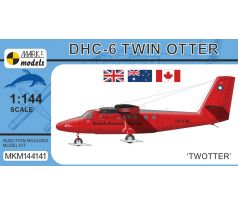
DHC-6 'Twotter'
Colour schemes included in the kit:
1) Boeing Canada DHC-6 (Series 300) Twin Otter, VP-FBL (MSN 839), 839, British Antarctic Survey (BAS, Cambridge, U.K.), Port Stanley Airport, the Falkland Islands, and research stations, the British Antarctic Territory (BAT), Antarctica, 2013-17
2) de Havilland Canada DHC-6 (Series 300) Twin Otter, VH-KZQ (MSN 759), Aeropelican Air Services Pty., Ltd., Newcastle Airport, New South Wales, Australia, mid-1990s
3) de Havilland Canada DHC-6 (Series 300) Twin Otter, CF-OPI (MSN 243), Government of Ontario, Department of Lands & Forests, Sault Ste. Marie Water Aerodrome, Ontario, Canada, 1969-71
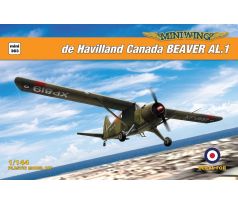
de Havilland Canada BEAVER AL.1 "Army Air Corps"
Light transport / Recconaisnace Aircraft kit contains
One unassembled plastic kit from gray and clear Styrene
Canopy mask
2 decals options
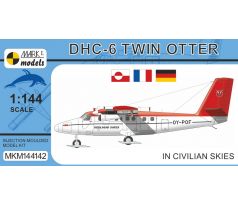
DHC-6 Twin Otter 'In Civilian Skies'
Colour schemes included in the kit:
1) de Havilland Canada DHC-6 (Series 300) Twin Otter, OY-POF (MSN 235), Greenlandair Charter Air Service, Nuuk Airport, Greenland, leased to Norwegian Antarctic Expedition, Antarctica, 1986/87
2) de Havilland Canada DHC-6 (Series 300) Twin Otter, F-GBDB (MSN 574), Air Alpes, Chambéry Airport, France, 1978-81
3) de Havilland Canada DHC-6 (Series 300) Twin Otter, D-IDHB (MSN 336), ‘Helgoland’, General Air, Hamburg Airport, Germany, 1971-73


